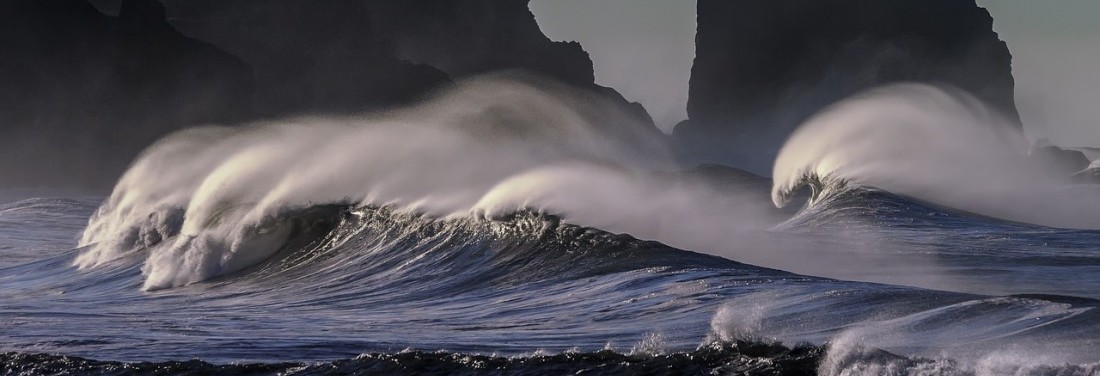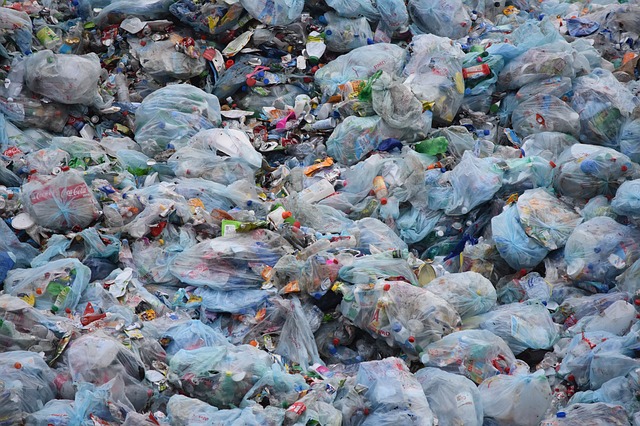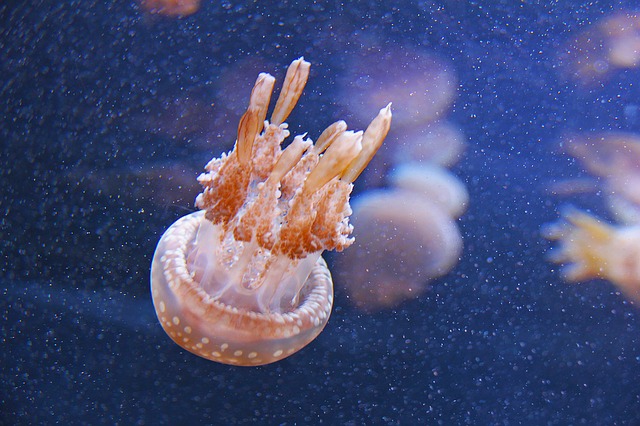Plastic Pollution: how it affects our oceans
World Water Day, on 22 March every year, is about taking action to tackle the World’s water crisis. Today, there are over 663 million people living without a safe water supply close to home, spending countless hours queuing or trekking to distant sources, and coping with the health impacts of using contaminated water.
One serious issue we face is plastic pollution and how it affects our oceans.
In lieu of World Water Day we have taken the opportunity to review A Plastic Ocean (2016) a documentary that exposes just one of many tragic living conditions experienced by humans worldwide. Though Craig Leeson’s documentary offers more than cinematic landscapes of the disadvantaged. It seeks to educate audiences on our confronting plastic crisis, questioning the impact of current consumer culture on the environment. The ex-journo turned activist travels the globe in search of both human and animal populations fallen victim to the effects of human produced waste and makes frightening predictions on the outcome if we fail to change.
Highlighted areas in crisis:
‘Smokey Mountain’ of Manila Bay in the Philippines, home to a shocking two thousand families and covering a distance of one hundred and twenty-three acres of land with mountains of rubbish that make up one of two villages. The first, ‘Smokey Mountain 1’, was forcibly shut down in 1995, deemed too dangerous by the local government, due to its’ high levels of methane. Unfortunately, ‘Smokey Mountain 2’ is no improvement to its’ methane-producing partner, continuing to inflict disease upon its population in the form of tuberculosis and emphysema. The pollution on Smokey is largely from the aftermath of typhoons reoccurring in the area and a general lack of waste disposal methods in the city.
With no garbage collecting system, the residents of Manila discard fifteen hundred tonnes of plastic waste into city waterways every day. The poor have been pushed to the outskirts, where crops such as sweet potato, corn and sugarcane are grown on piles of rubbish that have accumulated over the years and children spend their days scavenging for plastic in exchange for cash.
The kite-flying scavengers of Smokey Mountain are only a few of people falling victim to our burdening plastic pollution crisis. Similar diseases have burdened the island population of Fiji where plastic-burning cooking methods emit toxins causing breathing troubles and coughing. On another island in the South Pacific, Tuvalu, an exposure to rubbish from foreign imports and a lack of disposal methods, has caused flu, cancer and fertility problems among its small islander population.
The impact on marine species:
As Leeson and film crew visit islands and consult wildlife conservation specialists, the loss of marine species and environments all lead back to plastic waste at the hands of humans. A break-up rather than break-down of plastics sees the emergence of micro-plastics in fish, an ironic cycle which essentially results in human consumption of the plastic once considered “thrown away”. There is “no away” claims oceanographer Dr. Sylvia Earle with a reminder from Leeson that ‘’One hundred and thirty-six kilos of single-use plastic consumed by each individual every year, only a fraction of it will be recycled, the remainder ends up in our environment. Eighty per cent of it will enter the ocean from land-based sources despite not living near the coast’’.
Where to go from here?
Professor Raveender Vannela of the ASU Biodesign Institute advises three main measures to curb our plastic problem, including locating and removing routes of plastic to oceans, urging global networks to fund clean-up efforts in oceans and to develop cleaner, green technologies which produce nature-friendly alternatives.
Efforts are already being made in the Philippines with Bioremediation, a practice which uses natural organisms to break down the hazardous substances into less toxic ones and Phytoremediation which uses green plants to detoxify soil and water contaminated with heavy metals or excess minerals. In the US Navy, a Pyrogenesis invention is an example of a newly developed green technology which uses a plasma torch to destroy combustible waste and transform it back into its’ core elements. Governments across the world have been working toward green initiatives such as Germany’s packaging law which forces manufacturers to remain responsible for collecting and recycling the material they sell and Rwanda was the first country to ban plastic bags after reviewing a negative effect on the environment.
You as a consumer can play your part and make a difference by choosing sustainable options when shopping for goods: avoid single-use plastics, opt for re-usable items, encourage local businesses to adopt a zero-tolerance to plastic and lobby to your local governments to prompt change.
At Soulful Concepts we are big on sustainability and conscious consumption. You can choose from one of our Responsible Travel Experiences or shop in our Community Store to support socially conscious companies doing their part to help protect our planet.
Resources:
- A Plastic Ocean. Dir. Craig Leeson. Http://www.plasticoceans.org/. Plastic Oceans Foundation, 2016. Web.
- Vannela, Raveender. “Are We Digging Our Own Graves Under the Oceans?” Environmental Science & Technology 46.15 (2012): 7932-933. Web.





Kristen
Great article Julia!
Pingback: Soulful Concepts – Eat My Thoughts